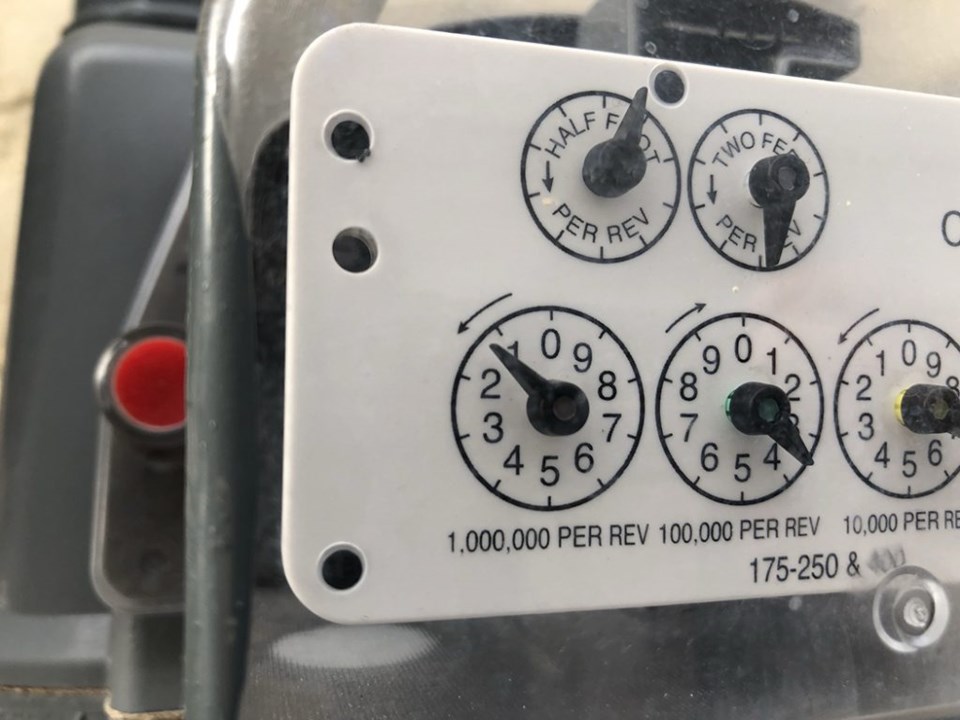
Jason Stockfish, Local Journalism Initiative Reporter | [email protected]
A new utility rate model got further support from council at a regular meeting on Jan. 18, when the motion for implementing the bylaw received its first two readings.
The Connection, Capital and Consumption (CCC) model deals with the collection of levies for water, wastewater and recycling.
Currently, those using water and wastewater services in Jasper are being charged entirely based on consumption.
Looking to encourage water conservation and create incentive for the user to save money, the CCC model would incorporate connection, consumption and capital in determining a customer’s billing, rather than only consumption.
Consumption charges would be billed at four different tiers based on volume, connection and capital charges billed at three different tiers based on service line diameter.
Administration says the new model provides financial incentives to residents and businesses to conserve their use of the utility.
Coun. Rico Damota asked whether a rebate program could be implemented to help businesses update existing water and sewer lines.
CAO Bill Given explained that service line changes weren’t necessarily the issue, pointing out that installing low-flow showers and toilets would be the biggest way for consumers to see financial benefit.
Coun. Ralph Melnyk noted that users have months during peak season where their usage would be higher than other months and wondered whether the municipality is estimating readings or whether utility bills are based on actual usage.
“A user in a lower category could move for a couple months into a higher (tier) and be charged a higher rate,” Melnyk said.
“As long as we’re reading meters every two months, that keeps it consistent and equitable.”
Given replied that administration noted Jasper has peaks and valleys when devising the model.
“Every two months (we have) billing, so we have the data for ratepayers to have enough information to take charge of their billing and apply conservation measures when it would benefit them the most financially,” Given said.
In addition to the consumption charge, a fee will be charged for the connection.
Mayor Richard Ireland said that being connected to the services is a privilege.
Ireland noted that a connection charge is a move toward equity in the fee, but there’s a lot of room for improvement to ensure that large users are paying a fair share in relation to a small residential user.
The mayor said the issue should come back as an idea for council to workshop.
Lastly, users will see a capital fee associated with the upkeep and replacement of the infrastructure needed to provide the utility.
Melnyk asked where a surplus would go if it were created from the CCC model.
“Municipalities, I’m proud to say, have the most transparent budgeting process of any order of government,” Given said.
“There is no federal or provincial government that does all of their work in public view as (municipal government does).”
Given noted administration is obligated to report any surplus or deficit to council and would make a recommendation of what to do with any future surplus, such as putting it in a utility reserve to address future needs and mitigate capital charges.
He added that a focus in the new model would ensure the municipality was keeping pace with future maintenance.
“I will support the motion but with some hesitation,” Mayor Ireland said in final remarks.
“I support it because I appreciate the enormous amount of work that administration has put into this, and I absolutely agree with Mr. Given that this is a step toward equity, but it is not a solution.”
Ireland noted that his reservations included the connection fee attached to the size of the pipe as well as his concerns about the types of users.
“Our bylaw proposes that water, based on volume, is all equally charged. But it seems to me there is a difference between residential use and…those commercial enterprises that use municipal water as part of their processes to turn profit. And I think it’s an equitable thing to consider that and sort out whether there’s a different way to tier (rates).”



